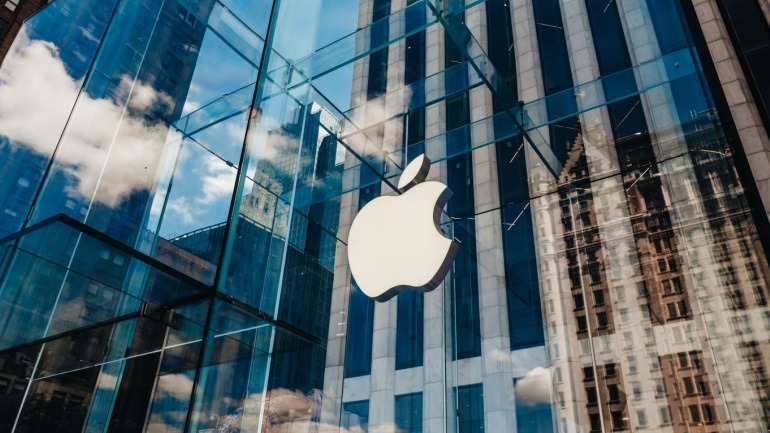In a significant move within the telecommunications sector, MasOrange, Spain’s leading mobile service provider by customer base, has secured a robust financing package amounting to approximately 11 billion euros. This capital, raised in two tiers, consists of 6.25 billion euros at the company level and 4.7 billion euros specifically allocated for FiberCo. This new venture, a collaboration between Vodafone Spain and MasOrange, is poised to become Spain’s principal independent fiber optic network provider.
The financing is supported by a coalition of around 20 banks, illustrating strong confidence in the project. The 4.7 billion euros secured for FiberCo have been structured strategically to receive an investment grade rating, underscoring the soundness of Spain’s telecom infrastructure market, according to the telco. By strategically utilizing these funds, MasOrange aims to repay its existing debt, enhancing its capital structure and further strengthening its financial footing.
FiberCo’s network, integrating over 12 million real estate units from both MasOrange and Vodafone Spain, will exclusively serve customers of both companies. Under the agreement, MasOrange will hold a significant 50% stake, with Vodafone retaining 10%, and the remaining 40% managed by a financial investor. Completion of this transaction is anticipated by mid-2025, pending regulatory approvals.
This development is set against the backdrop of the merger between Orange Spain and Masmovil, which positioned MasOrange as the dominant mobile operator in Spain. Moreover, the company has been investing in innovative technologies, having recently announced the deployment of Spain’s first 5G Advanced network in Seville. This rollout marks a notable advancement over existing 5G Standalone networks by integrating mid and low bands, along with 26 GHz spectrum.
MasOrange is also leveraging partnerships, notably with Huawei, to upgrade its 5G capabilities, aiming to boost connectivity and enable enhanced services, including advanced IoT applications and improved network-based sensing. This upgrade will expand coverage to inaccessible areas, crucial for emergency scenarios and logistic needs.
Simultaneously, in collaboration with Ericsson, the operator continues to modernize its infrastructure by adopting Open RAN (O-RAN) technology. This transition to a software-defined architecture is set to increase operational efficiency and service flexibility while reducing costs—critical features for maintaining competitive edge and improving user experiences.







